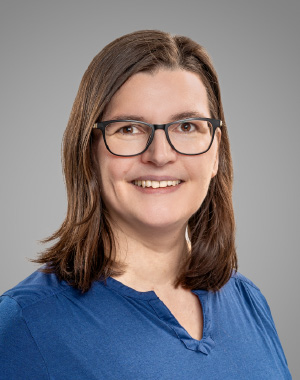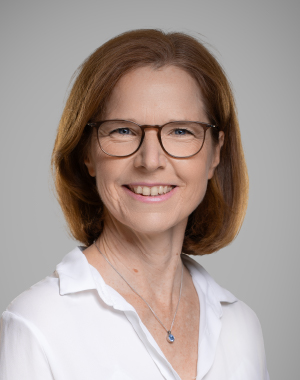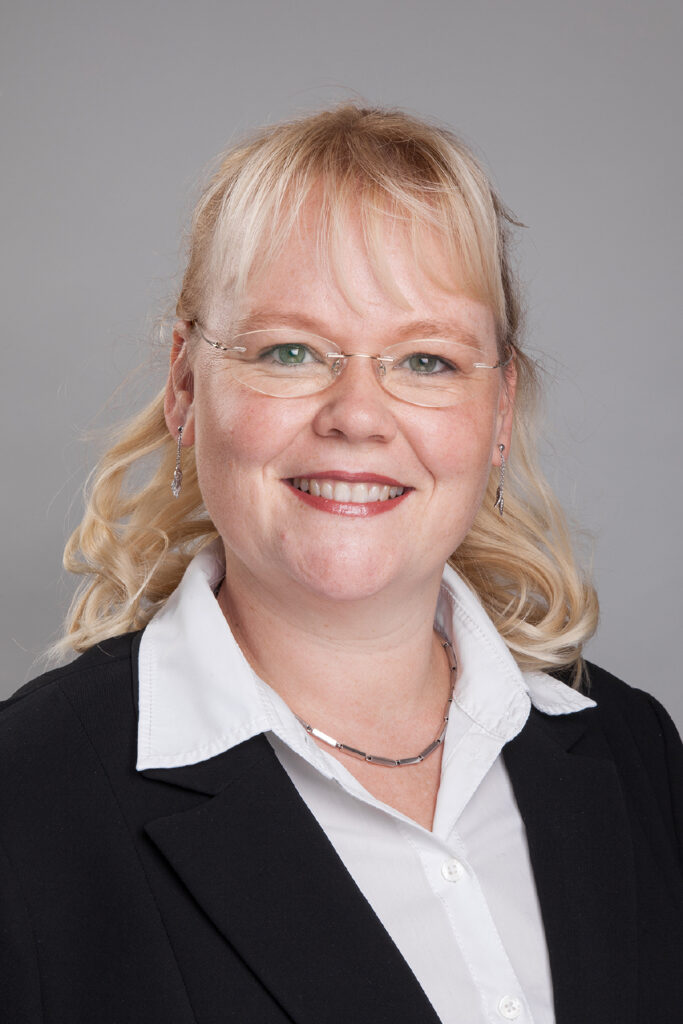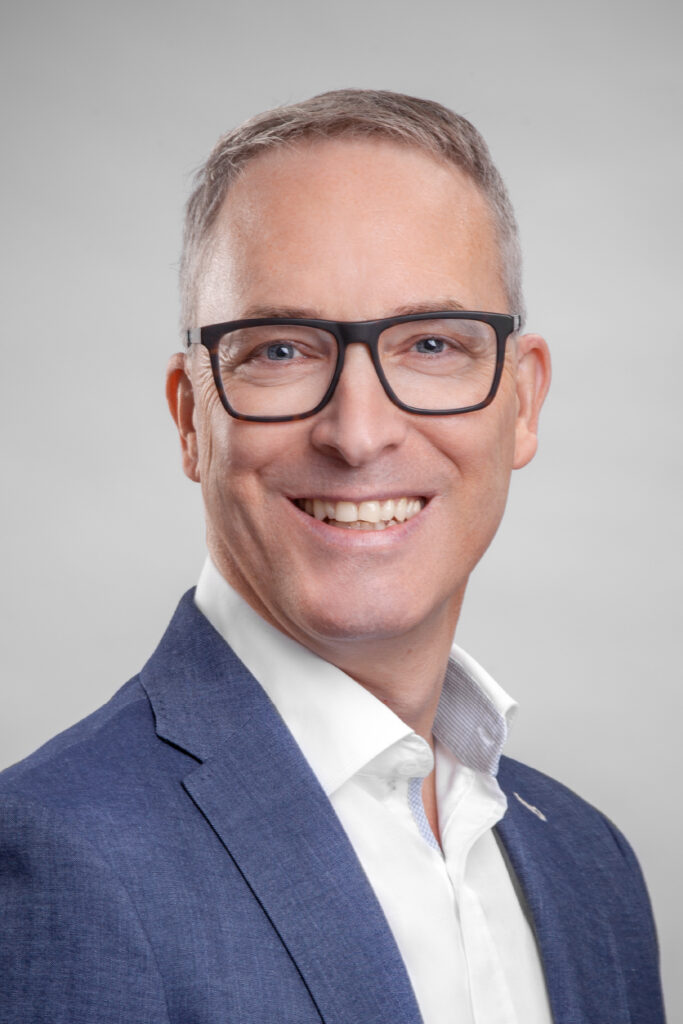30.11.2023
Painting a Bio-Based Future with Microbially Produced Alginates, Lipids and Pigments
To add to the pursuit of a climate-neutral Europe and a truly circular economy, the PERFECOAT project develops and validates a new generation of industrial wood and decorative coatings with significantly more than 25 % bio-based components.
Huerth, 30 November 2023: The European paints and coatings market is projected to grow from USD 37.2 billion in 2023 to USD 41.6 billion by 2028 (Markets and Markets, 2023). While a majority of currently used ingredients are fossil-based, prospects show an increasing demand for sustainable paints and coatings, especially in the professional and DIY (Do it yourself) industries. To enable a smooth transition from fossil to sustainable products, the industry is in desperate need for high performance bio-based solutions especially for bio-polymers and lipids, binders, fillers, pigments and additives like functional nanomaterials. These major component groups combined account for nearly 70 % of the ingredients (American Coatings Association, 2023). In the first two years of examination, the EU funded research project PERFECOAT successfully developed innovative bio-based solutions, from bio-waste and agricultural residues. These will be tested in the formulation of three use-cases: UV-curable clear coatings for wood, waterborne trim paints for DIY, and waterborne wall paints.
From Alginate, Xylan, Chitosan to Yeast – A Colourful Buffet of Bio-based Binders
Being one of the largest ingredient groups, binders represent one of the main challenges in paint formulations. Not only do they define the paint texture and maintain the grip between pigments and application surface, they more so determine the decorative and functional paint characteristics like clarity, flexibility, UV resistance (non-yellowing), as well as drying and curing time. To evaluate different alternatives, the PERFECOAT partners examined and generated various bio-based binder samples of, e.g., modified alginates (SINTEF), xanthan (Technical University Munich), and xylan (Celignis) derived from different biomass resources like agricultural residues, e.g., poplar wood, beech wood, wheat straw, and late cut grass. All alginate samples showed a high solubility in water, but also good film forming properties. Microorganisms transform the feedstock into alginate, lipids, and terpenes, while xylan and chitin are directly extracted from biomass residues. For the xylan recovery, the PERFECOAT team favours an approach that combines enzyme treatment and chemical extraction. This process leads to pure xylan with little or no side chains.
Further tests focused on the extraction of chitosan from Dublin Bay prawn shells. This process requires demineralisation, deproteinization and decolouration of the prawn shells, while an alkali treatment is converting chitin into chitosan.
The team also investigated the conversion of poly-unsaturated microbial lipids into binders. Here, unconventional yeasts Rhodutorula toruloides and Yarrowia lipolytica convert and modify the poly-unsaturated oils and fatty acids into bio-based binders for UV-curing applications. Both yeasts were able to provide biomass with a lipid content of > 50 % and > 20 %.
At this project stage, xylan, microbial alginates, oils and microbial lipids show the most promising results as binder components and are steadily tested with regard to their yield, feasibility and use in formulations.
An additional path involves the functionalization of exo-polysaccharides and other biopolymer and lipid-based compounds into new, bio-based binders. With a focus on UV-curable binder compounds, the team successfully developed a microbial terpene production route, examining the terpenes limonene, pinene, and sabinene produced by engineered strains of the yeast Yarrowia lipolytica. The chemical character and reactivity of these compounds render them interesting with respect to this specific use case. To functionalise them into UV-curable binders, the researchers use bio- and/or chemo-catalysis.
Innovative Natural Pigments Produced from Yeast and Fungi
The PERFECOAT project set the goal to develop and produce at least two different formulations for red pigments and dyes as well as other colours. Here, Danish project partner Chromologics Aps proved to be ahead of the game and developed and patented innovative new pigments. Water-soluble dye is produced by combining atrorosin using maltodextrin as a binder, while pigments are produced by complexation with aluminium supplemented with magnesium. Initial results look promising in terms of yield, colour and performance, with impressive results for the aluminium variant for paints and coatings. The team further identified great potential for the production of red and orange pigments from the fungus Talaromyces atroroseus. Alternative strategies for carotenoids used the yeasts R. toruloides and Y. lipolytica, which also allow the extraction of the violet pigment violacein. Violacein is a naturally occurring anticancer therapeutic compound with a deep purple colour. The intermediates of the violacein biosynthetic pathway also show other colours such as green from prodeoxyviolacein or pink from deoxyviolacein.
Protecting Properties Through Functional Nano Materials and Fillers
Constituting between 10-40 % of the paint ingredients, fillers are an important paint component. Developing fillers from microbial biomass therefore shows impactful prospects for the bio-based industries. Here, micro-fibrillated cellulose (MFC), also known as Exilva, developed by PERFECOAT partner Borregaard (BG) showed great product performance. Exilva is an insoluble MFC consisting of an entanglement of cellulose fibres, which can interact both physically through their extreme surface area and chemically through hydrogen bonding. Its rheological and mechanical functionalities, as an additive, impart a unique combination of properties in finished product systems.
To enhance and add different properties, the PERFECOAT team further investigated functional nano materials, e.g., Polyhedral Oligomeric Silsesquioxanes (POSS). POSS is a hybrid organic-inorganic nanomaterial, composed of a silica cage with eight organic functional groups on its corners. The polyfunctional additive is expected to increase the crosslinking density and therefore scratch resistance of coatings, while also offering improved thermal and fire resistance properties. This component might also introduce new functionalities like self-cleaning and fire retardancy and hereby improve the overall performance of the endproduct. A wide range of water-based POSS derivatives was developed, including a UV-curing POSS.
Sustainable, Safe and Top Performing Paint Components
All ingredients are tested with regard to their performance, requirements and properties in formulations. The best performing ingredient combinations of binders, additives, pigments and fillers will be used to create at least one demonstrator-paint per each of the three use-cases: high-volume UV-curable clear coatings, waterborne trim paints for DIY, and waterborne wall paints. A top priority in PERFECOAT mark the safety and sustainability of bio-based paint and coating products for users and environment. The project will therefore quantitatively demonstrate the sustainability improvements achieved with bio-based solutions compared to conventional fossil-based paints and coatings. This will be done by establishing a framework for life cycle assessment (LCA), life cycle costing (LCC), end-of-life strategy, and societal impact of the developed products and processes on specific communities and society at large. A social impact assessment and market study started early in the project and secure that all solutions match the criteria of economic feasibility and societal acceptance.
The PERFECOAT consortium will present these and other findings on 24 April 2024 at its upcoming stakeholder event in Brussels, Belgium. Registration is available at https://events.renewable-carbon.eu/event/bio-based-innovations-for-industrial-applications/
This month the consortium released a project video which is available at https://www.youtube.com/watch?v=tSnJOCYuVn0 while an extended version can be watched at https://www.youtube.com/watch?v=-AjCJyqFMLI&t=58s.
More information about PERFECOAT is available at https://perfecoat-project.eu
The PERFECOAT project receives funding from the Bio-based Industries Joint Undertaking (JU) under the European Union’s Horizon 2020 research and innovation programme under grant agreement No 101022370. The JU receives support from the European Union’s Horizon 2020 research and innovation programme and the Bio-based Industries Consortium.
References
American Coatings Association, 2023 https://www.paint.org/coatingstech-magazine/articles/demand-coatings-raw-materials-to-2022/
European Paints and Coatings Markets by Resin Type; in Markets and Markets https://www.marketsandmarkets.com/Market-Reports/european-paint-coating-market-124411528.html (visited on 30. August 2023)













